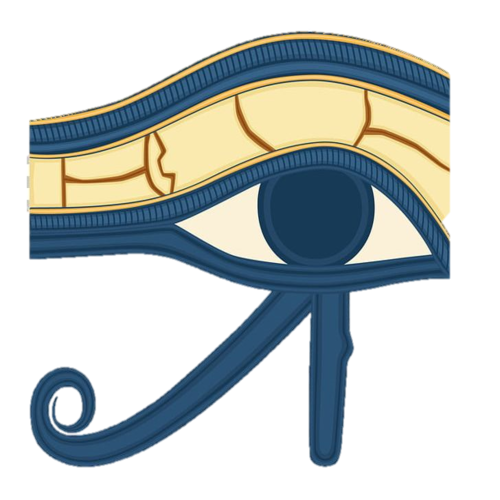
Thutmose III suckled by Isis in the form of a sycamore.
The sycamore is a variety of tree found in Africa. Ancient Egyptians cultivated this tree "almost exclusively." Remains of sycamore begin to appear in predynastic era from the start of the third millennium BCE. It was the ancient Egyptian Tree of Life. The fruit and the timber, and sometimes even the twigs, are richly represented in the tombs of the Egyptian Early, Middle and Late Kingdoms. In numerous cases the parched fruiting bodies, known as sycons, bear characteristic gashing marks indicating that this art, which induces ripening, was practiced in Egypt in ancient times. Although this species of fig requires the presence of the symbiotic wasp Ceratosolen arabicus to reproduce sexually, and this insect is extinct in Egypt, Egypt was the principal area of sycamore fig development. Some of the caskets of mummies in Egypt are made from the wood of this tree. In tropical areas where the wasp is common, complex mini-ecosystems involving the wasp, nematodes, other parasitic wasps, and various larger predators revolve around the life cycle of the fig. The trees' random production of fruit in such environments assures its constant attendance by the insects and animals which form this ecosystem.
In Religion[]
The sycamore tree was regarded as a form of many goddesses, including Nut, Hathor, and Isis. Hathor was especially related to this tree, having been given the title "Lady of the Sycamore". The tree in art was often shown giving food and water to the deceased. In the tomb of Tuthmosis III, a sycamore tree is shown nursing the king himself. This sycamore is identified as "his mother Isis".[1]
In Literature[]

Ostracon from the tomb of Sennedjem at Deir el-Medina. Inscribed with the Story of Sinuhe
In the Story of Sinuhe, Sinuhe's name (“Son of the Sycamore”) is seen as providing an important link in understanding the story. The sycamore is an ancient Egyptian Tree of Life, associated with Hathor, who features throughout the work. It is also mentioned in the Bible.
References[]
- ↑ Wilkinson, R. H. (2003). The complete gods and goddesses of ancient Egypt. London: Thames & Hudson.
